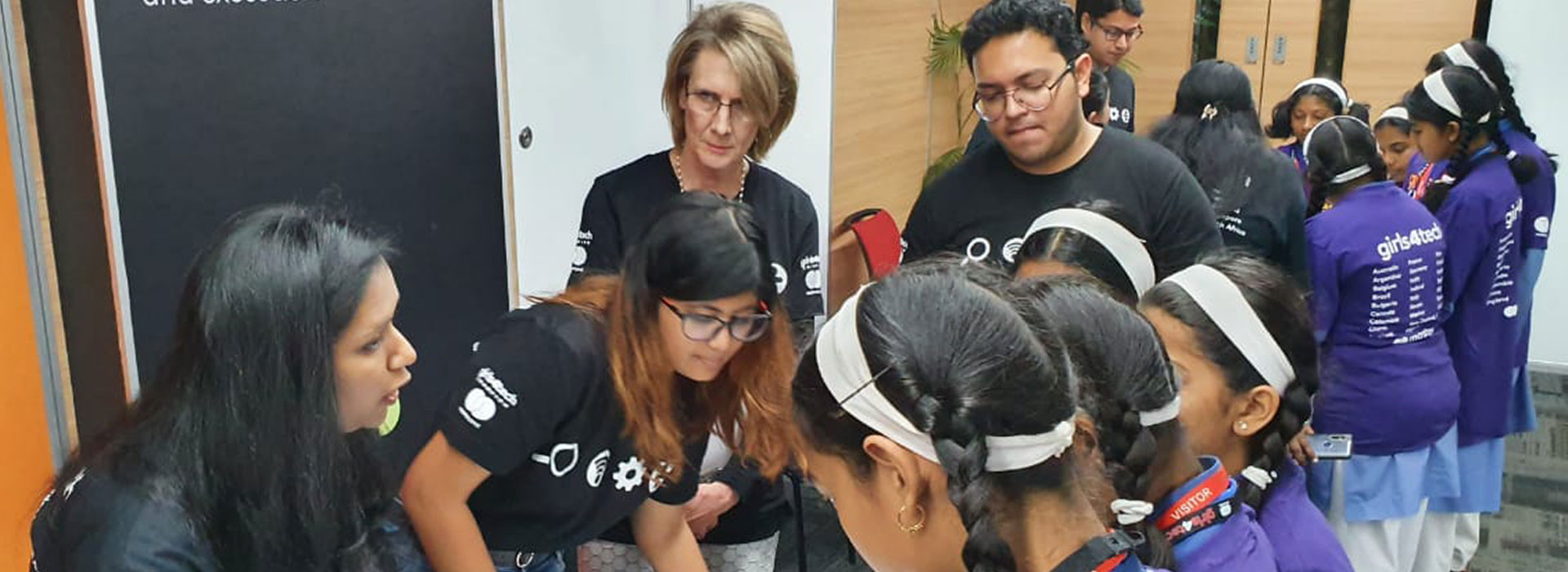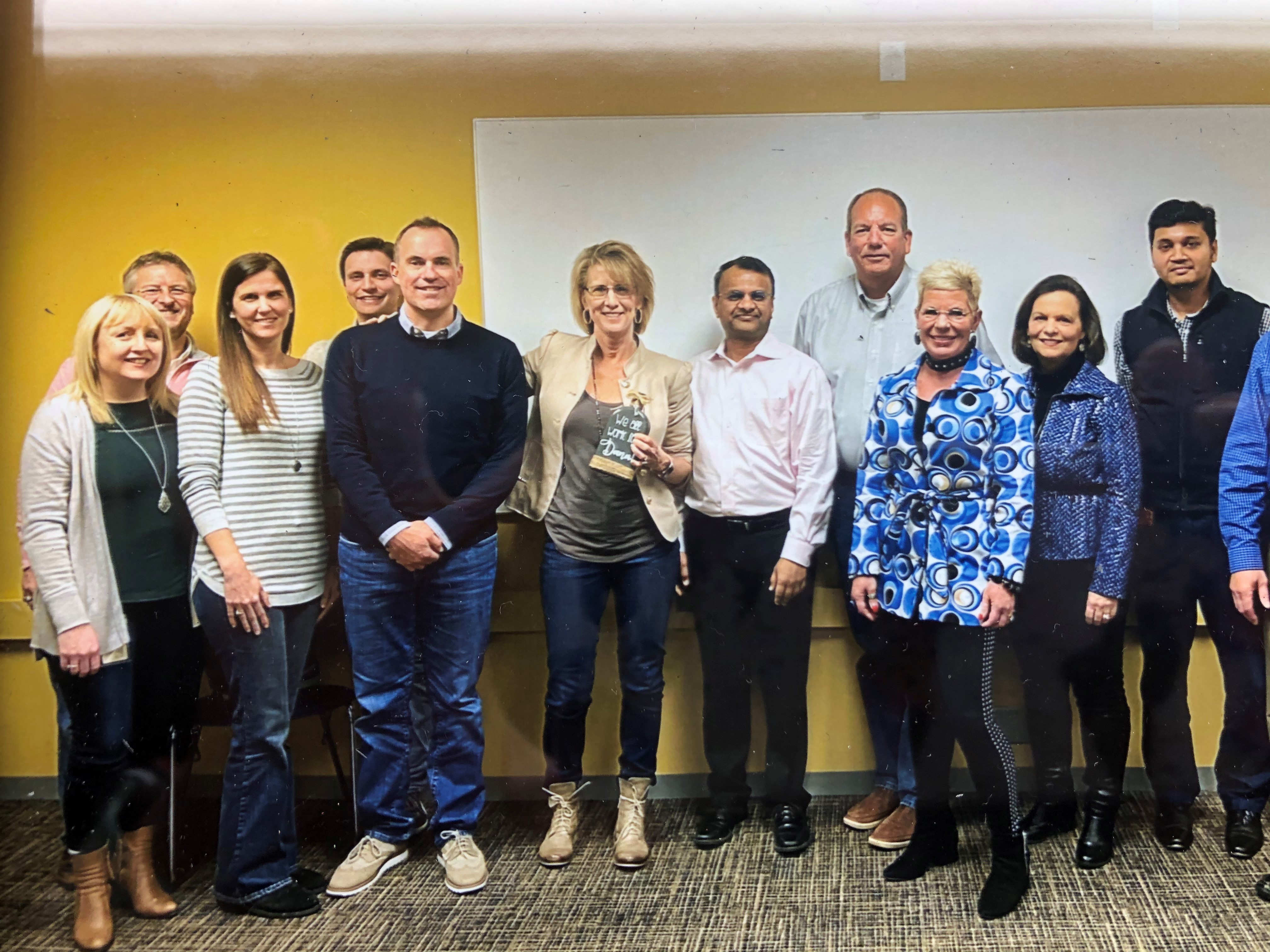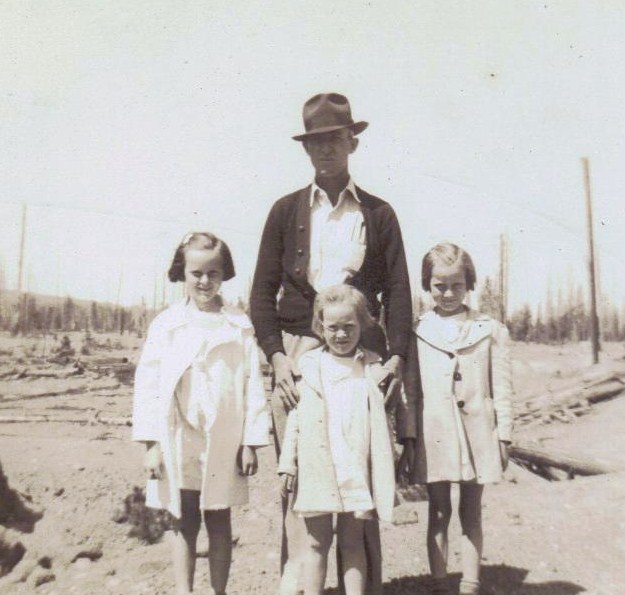
How to crack the code to get more women in tech
March 24, 2021 | By Dana LorbergEvery year in my hometown of St. Louis, a group of Mastercard employees has volunteered to teach kids financial literacy as part of a Junior Achievement program. I remember one time specifically: I was explaining my job running Mastercard's global payments network to a group of second-grade girls. I asked them to think about how, when their mom or dad gets gas with their Mastercard, we help the bank pay the gas station. And when their mom or dad pays their bill, we help them reimburse the bank.
I saw a light bulb go off for one little girl. "Do you know Claire's Boutique at the mall?" she asked. "Do you pay them too?" I do, I told her, and every other store at the mall, and in all the malls all over the world: "That's what I do every day." Maybe that stuck with her. Maybe she remembered that when choosing her classes for the next year, or picking her college major. Maybe it even changed the trajectory of her life.

Dana Lorberg, center, Mastercard’s recently-retired technology advisor, with her team.
After 34 years working in technology at Mastercard, I believe strongly that if we want to inspire more girls and young women to pursue careers in STEM, we need to expose them to people who look like them and come from similar backgrounds. They need to actually meet women who have — or previously had — successful science, technology, engineering and math careers.
Role models are critical. My mother was an important role model to me. She grew up in a poor, rural area, but she went to college — the first in her family to do so — and became one of the country's earliest nurse practitioners.
Research shows that when someone is exposed to something at a young age, it can change the trajectory of their life. In high school, I saw a computer for the first time, a giant machine rolled in on a cart that perplexed me. But I realized you could use it to solve super hard problems, and I knew that's what I wanted to do with my life. As I think back on it now, the same goes for people: If a little girl sees a woman in a traditionally male-dominated field like engineering, it makes her more aware of the available possibilities — and increases the potential that one day it will no longer be male-dominated.

Dana Lorberg says her mother, center, who was the first in her family to go to college, was a powerful role model for her.
These days, gender balance and equity are obviously not where they need to be. There are certainly people encouraging girls and young women to go into STEM fields, but too few do so. The big question is — why? One reason is too many girls think that working in technology means being a software engineer. They can perceive that as a job that's only for boys or that’s it’s simply sitting behind a computer writing code — not that there’s anything wrong with that. After all, it’s how I began and am partial to it.
But I want girls to know that there are many different technology careers. Tech companies need graphic artists, product managers, salespeople and analysts. And of course they also need engineers, more of whom need to be women.
The key is encouraging girls to take risks and build self-confidence. That's how I did it. I wasn't afraid of what others thought, and I believed in myself, even when I was doing things outside my comfort zone. Without that faith in myself, I never would have thrived at Mastercard, where I helped build our global payments network that can process $20 billion a day across 210 countries, each transaction taking mere milliseconds. People don't realize how big a technological challenge it is to get it right all the time, like we do. That's what I'm most proud of.
And I want other women to feel that sense of pride that comes from engineering work. It’s why I've spent so much time over the years working with programs such as Girls4Tech, Mastercard's STEM education program. Often girls go in thinking, "I can't do this.” Then they crack the code of a secret cryptogram and walk out believing, "I can do anything! I want to be a cryptologist."
And that's exactly right. They can do anything they want to do. They just need people to encourage them to go after their dreams. So many opportunities are available to them if they just stay in STEM, stay in math, stay in science. That's what unlocks the doors in life. Anyone, man or woman, can be a mentor and help them through that door.
If you’re a woman in technology, share your story — through your company’s engagement programs, at your child’s school, even with a girl in your neighborhood — and show them what opportunities await them on the other side.
